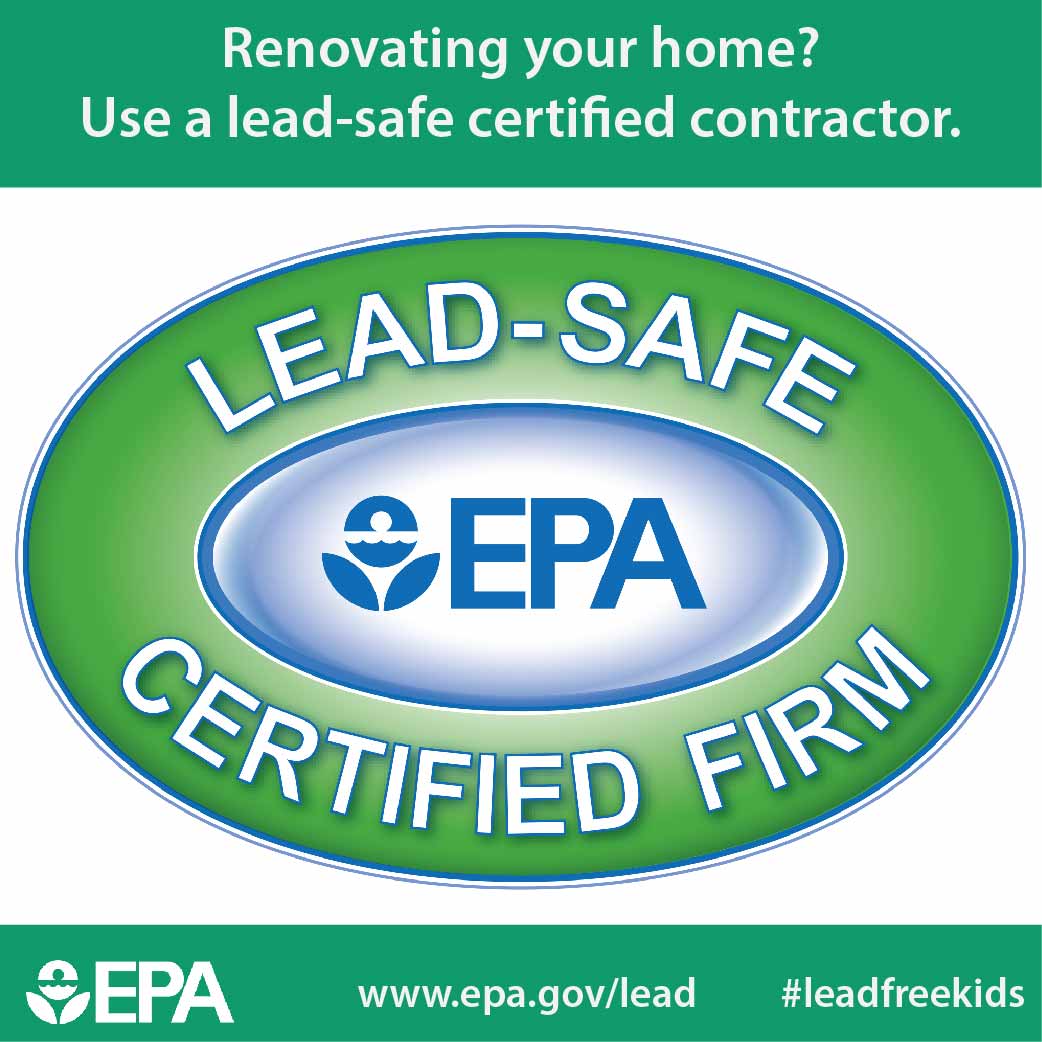Crucial Seasonal Aspects Of Commercial Outside Painting: What You Should Comprehend
Crucial Seasonal Aspects Of Commercial Outside Painting: What You Should Comprehend
Blog Article
Material Author-Leach Browne
When you're intending a commercial exterior paint task, seasonal elements can make or damage your results. You'll wish to take into consideration just how temperature level and humidity influence paint application and drying times. Choosing the appropriate season can ensure your paint adheres correctly and lasts much longer. However which seasons are absolutely the most effective for this kind of work? Allow's check out the crucial elements that can impact your project's success.
The Influence of Temperature on Paint Application
When you're intending an industrial outside painting task, the temperature level can considerably influence exactly how well the paint sticks and dries.
Preferably, you want to paint when temperatures range between 50 ° F and 85 ° F. If it's too cool, the paint might not cure correctly, leading to problems like peeling off or splitting.
On the flip side, if it's as well hot, the paint can dry as well promptly, avoiding proper attachment and causing an uneven surface.
You should also think about the time of day; early morning or late afternoon supplies cooler temperatures, which can be extra desirable.
Constantly examine the manufacturer's recommendations for the certain paint you're making use of, as they often provide assistance on the ideal temperature array for optimum results.
Humidity and Its Result on Drying Times
Temperature level isn't the only ecological factor that influences your commercial external paint task; humidity plays a substantial role as well. High humidity levels can decrease drying out times drastically, affecting the overall top quality of your paint job.
When the air is saturated with wetness, the paint takes longer to cure, which can result in problems like inadequate attachment and a greater danger of mold development. If you're repainting on a particularly humid day, be prepared for prolonged delay times in between coats.
It's critical to keep track of regional climate condition and plan accordingly. Ideally, aim for humidity levels between 40% and 70% for optimum drying.
Maintaining these consider mind ensures your project stays on track and delivers a lasting surface.
Best Seasons for Commercial Outside Painting Projects
What's the best season for your industrial exterior painting jobs?
Springtime and very early autumn are generally your best options. Throughout these periods, temperatures are mild, and moisture degrees are frequently lower, creating ideal problems for paint application and drying.
read on , which can cause paint to dry too promptly, leading to poor adhesion and coating. Similarly, winter season's cold temperature levels can hinder correct drying out and curing, running the risk of the long life of your paint work.
Go for days with temperature levels between 50 ° F and 85 ° F for optimal outcomes. Remember to inspect the local weather report for rain, as damp conditions can ruin your project.
lasting impressions painting contractors around these aspects ensures your paint project runs efficiently and lasts much longer.
Conclusion
In conclusion, intending your industrial external paint projects around seasonal considerations can make a significant distinction in the outcome. By organizing work throughout the optimal temperature levels and moisture degrees, you'll ensure better adhesion and drying out times. Remember to watch on local weather prediction and pick the right time of year-- springtime and very early loss are your best options. Taking these steps will aid you achieve a long lasting and professional surface that lasts.
